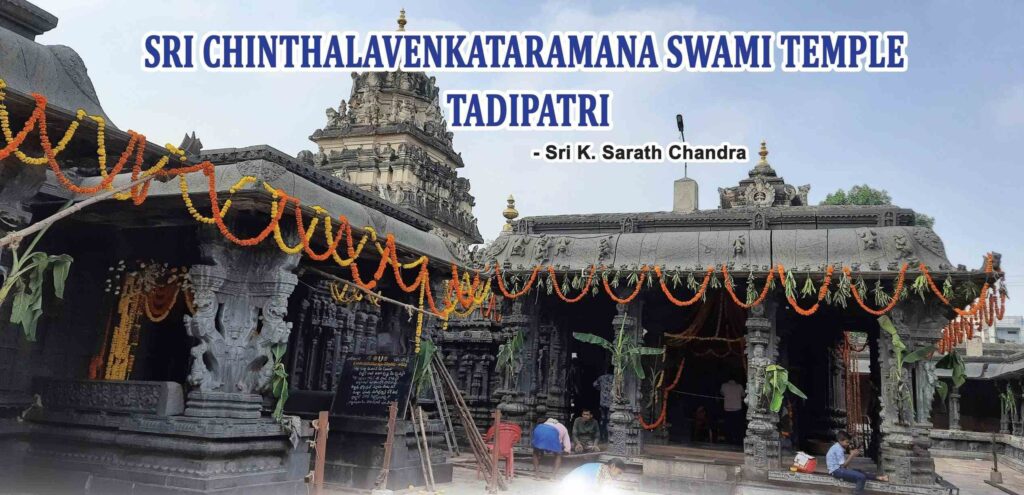Sri Chinthala Venkataramana Swamy Temple Sri Chinthalarayaswamy Temple or Sri Chinthala Venkataramana Swamy Temple is situated at Tadipatri, a town in the Anantapur district of Andhra Pradesh. The temple is dedicated to Lord Venkateswara, who is referred to as Chinthala Venkataramana. Sthalapurana According to a legend, it is said that once a huge noise burst Read More
Ads Blocker Detected!!!
We have detected that you are using extensions to block ads. Please support us by disabling these ads blocker.

